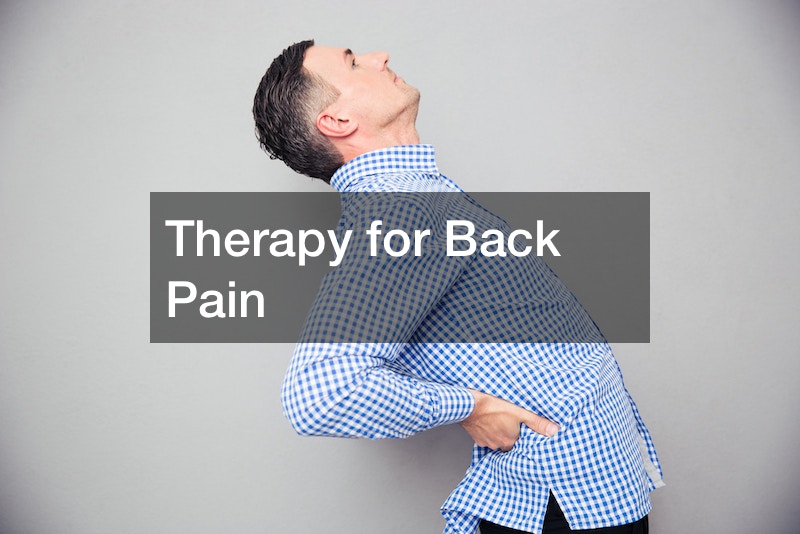
Updated 7/18/23
Back pain is one of the most common pains you might experience when you reach a certain age. Although it isn’t a life-threatening pain, it can be tiresome and can compromise your daily activities. If your back & body hurts, you might want to see one of the best chiropractors in your city.
If you suffer from a “lower back pain can’t get up” type of situation, you need to call a doctor and explain your pain. Moreover, these medical professionals can tell you more about what causes leg pain and back pain and how to prevent it. Although it can be a scary topic, you shouldn’t ignore these types of pain, as they can grow up and become something serious. If your back hurts for no reason, don’t waste any time and schedule an appointment with a professional chiropractor.
Your health should be one of your first concerns when you reach a certain age. Don’t ignore any pain or discomfort around your body, and act fast. Talk with a professional who can give you the assistance you need and tell you how to recover. Don’t hesitate to contact us for more information.
Chronic pain is among the most common health ailments in the entire world, and it can come from a variety of sources. One of the more typical sources of chronic pain is spinal disorders. Being upright, bipedal animals, human beings place more stress on their spinal cords than most other species do, and even natural adaptations such as arched feet and an S-shaped spine can only do so much, especially as a person ages or if he/she often engages in rigorous activity like sports or manual labor for years on end. Even without sports of heavy lifting, some spinal conditions may present themselves anyway, and spinal disorders can cause years of pain. Who gets back pain? What are some common causes? How can therapy such as private practice sessions deal with it?

Back Pain Demographics
Back pain disorders can affect many different people, and often at surprising rates. For example, fully half of working Americans admit to having back pain symptoms every year, although some cases will be more serious than others and may have different causes. More broadly, experts believe that some 80% of the American population will suffer back pain at some point in their lives, working class or not, and at any given moment, nearly 31 million Americans are suffering lower back pain. Women suffer it slightly more often; about one third of adult women experience back pain, and around a quarter of men have the same condition. In fact, back pain is second only to upper respiratory conditions among reasons people visit the doctor’s office. Rehabilitation for all this back pain can cut down on rates of suffering, and private practice sessions for physical therapy can help get this healing done.
Private Practice Sessions For Back Pain
The good news is that invasive surgery is not always needed to heal back pain, and such surgery may be too expensive or risky for the patient’s preferences, and other medical complications may prevent surgery at all. According to John Hopkins, spinal arthritis (thinning of spine cartilage), narrowing of the spinal canal causing nerve pain, and bulging discs, among other causes, can set off back pain, aside from mundane old age, but physical therapy, without the need for risky surgery, can help someone deal with their spinal pain and get relief.
Under a physician’s and spine physical therapist’s guidance, a patient may use gentle exercise or yoga to treat back pain, although the specific exercise or yoga routines should tailor the back pain’s symptoms and conditions, and doing the wrong exercise may in fact make things worse. Flexibility and stretching exercises, aerobic exercises, and core strengthening routines can all be of some help, under a qualified instructor’s care. In fact, yoga can go a long way to address back pain: the Annals of Internal Medicine published a study showing that among a group of 313 people who suffered chronic lower back pain, weekly yoga sessions increased mobility even more than standard medical practices did. Private practice sessions, then, tailored to a patient’s needs, can go a long way to restoring spinal movement and easing pain.
On top of stretches and yoga, other non invasive methods can cut down on back pain. Adjusting one’s diet can help, since processed foods and those with trans fats or refined sugars can inflame the spine. Massages, acupuncture, and avoiding spine-stressing activities in daily life can also reduce back pain, as well as muscle relaxing medication. A patient is urged to consult his or her spinal physician before making any major decisions or lifestyle changes.
